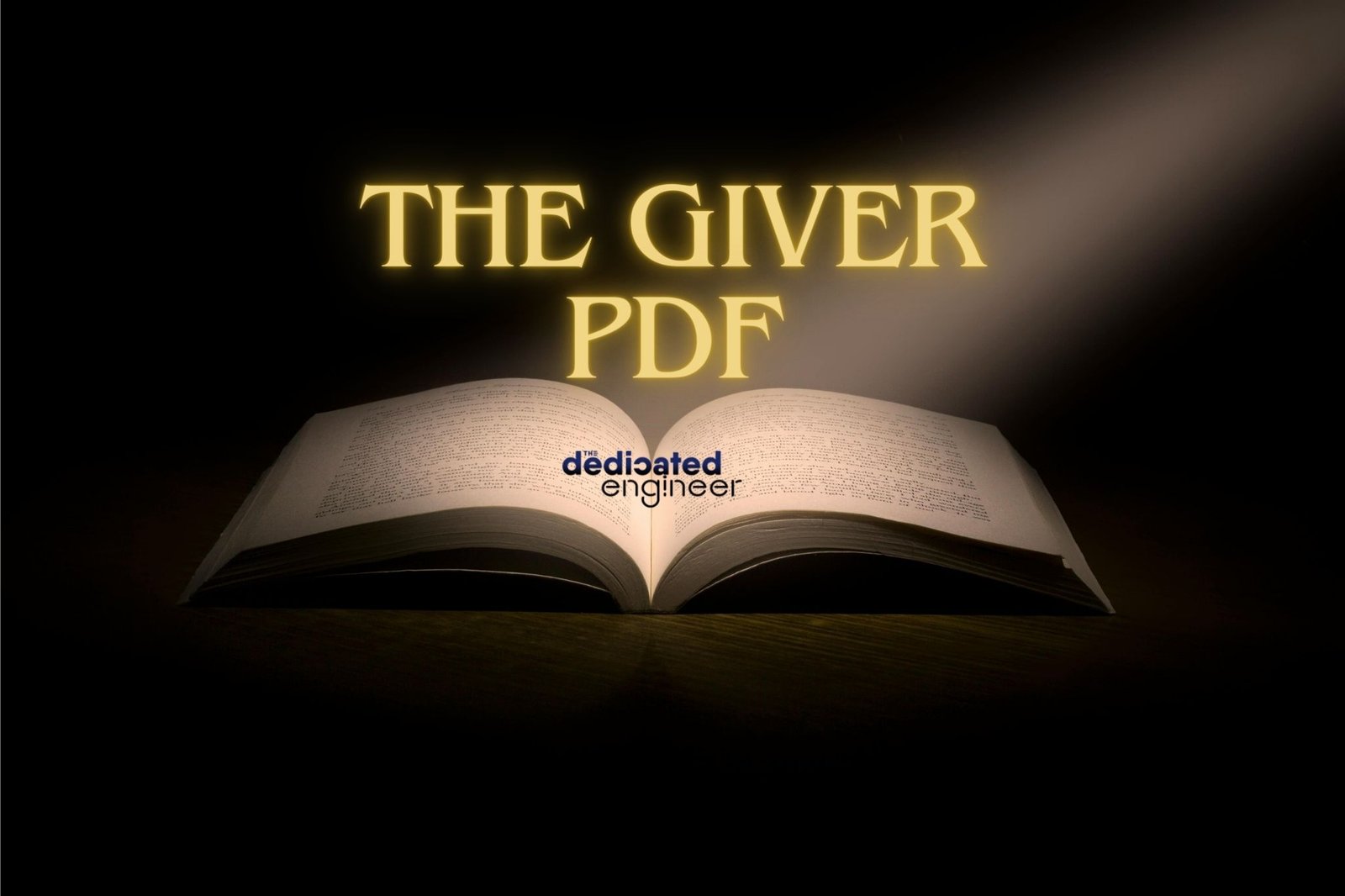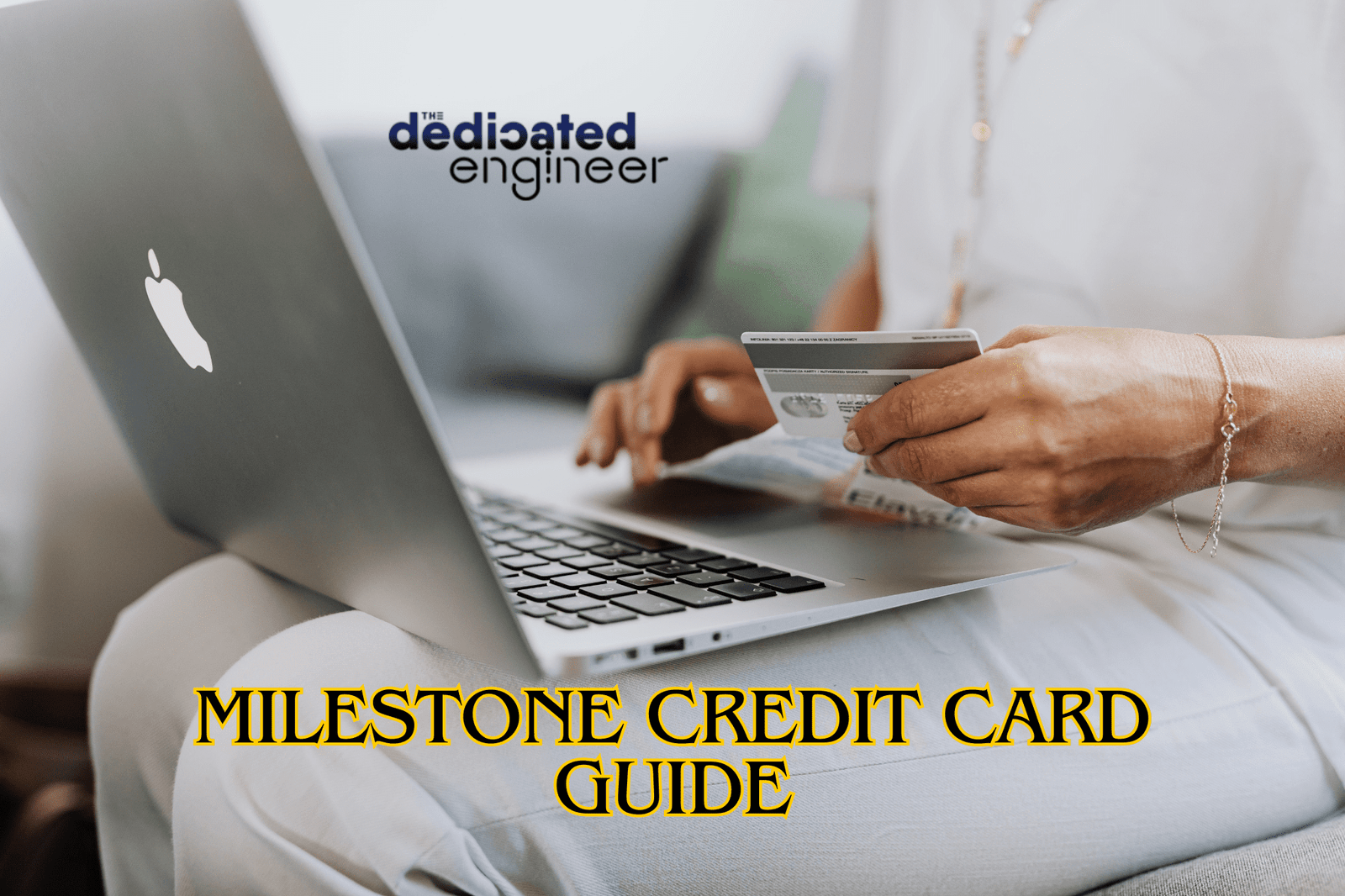Table of Contents
ToggleThe spread of COVID-19 has caused adverse damage to the economy globally. Thousands of people have been laid off from their work in all sectors and caused a sharp increase in unemployment. There are very few job opportunities for a large pool of job seekers which has largely increased the competition. Now, you might need to update your resume and revamp it with the correct strategy to stand out among a large pool of applicants. The recruiters spend only 6 seconds on your resume in which a recruiter will decide to approve you or not. It is important to learn what a recruiter sees in a resume so that you can increase your chances to get a job.
What is a resume?
Before writing a resume, you must know about the little basics. A resume is a formal document that provides a brief overview of a person’s educational and professional background, accomplishments, interests, skills & hobbies. This document is presented to apply for getting jobs, internships, higher studies, and scholarships. Resumes can be divided into two main categories:
- Academic Resume
- Professional Resume
How to write a resume?
The details of a person’s background are written in the form of different sections according to the goal of the applicant. Typically, a resume contains the following sections:
- Professional Summary
- Objectives
- Work Experience
- Education
- Soft Skills
- Hard or Technical Skills
- Languages
- Research Experience
- Volunteer Experience
- Leadership Experience
- Scholarships and Grants
- Projects & Publications
- International Experience
Now when you know what is written in a resume, you should think of which sections are you going to add in your resume. Keep in mind, it is not necessary to include all of these sections while writing a resume.
Tips to write a good resume with samples
When it is finalized which sections and information will go in your resume, you need to compile a resume with a layout of your choice. In this blog, you’ll find effective tips and strategies along with examples that will make you stand out from a pile of thousands of resumes. These tips and strategies can be used to write a new resume or update an existing one. These tips can be used for both academic and professional resumes. Without further due, let us dig into the powerful tips to revamp a resume.
1. THINK FROM A RECRUITER’S PERSPECTIVE
Only 6 seconds are going to decide whether you will end up on the pile of selected candidates or rejected. You have to write your resume in such a way that the recruiter will want to know more about you. You need to consider the content in personal details, headlines, and lists. You also need to strategically arrange the sections of your resume so that you can engage the recruiter to read further.
Your recruiter wants someone who is going to add some value to the company and do their work from them. So, you should always search for the company and what they do and what you’re good at. The relevance between the two things will help you out in crafting a perfect resume for the position. You can use the following tips to write your resume.
2. REMOVE UNNECESSARY PERSONAL DETAILS
Recruiters are least concerned about your address, age, gender, etc. If they need your resume, they will just email you or give you a call and ask about the information which they want. So practically, you do not need to load them with your unnecessary biodata. Just write your name, a professional email address e.g. jhondoe@gmail.com, and phone number.

3. THINK ABOVE THE FOLD
The most viewed part of the resume is the portion above the center. Today, most of the recruiters review the resumes on digital screens where the most viewed part is the portion above the centerline. The top portion of the resume makes the first and final impression on the recruiter. Therefore, You must fill that space with your trump card. It can be your education, work experience, research experience, leadership experience, etc. whatever is most relevant and important for the targeted position. You need to put your strongest gig at the top of your resume. For example, if you have a great educational background, you can put it straight after your personal information.

If you have some experience, or your job requires it. You can put your experience in the first place so that the recruiter may notice it.

4. COMPILE AND CATEGORIZE YOUR DATA ACCORDING TO THE NATURE OF THE TARGETED POSITION
After writing the important part of your resume, you need to compile your educational and professional background in the rest of the resume.
- Make clear headlines of sections such as Training, Certifications, Education, Volunteer/leadership experience, and categorize your data according to your headlines.
- Write all the relevant experiences and certifications which are worth mentioning and relevant to the Job.
In each section, keep yourself as brief and concise and possible. - Instead of using writing long paragraphs, use lists or bullets.
- You should also use bold and italics to highlight the name of certificate, training, or any other achievement you have.
- In the previous examples, you can see this technique being used repeatedly in different sections.
5. PROOF YOUR CREDIBILITY THROUGH WORDS
This is a powerful technique to put yourself way ahead of all the other candidates. After categorizing the data, you have to work on those key achievements or experiences which match the job description. You don’t need to tell the interviewer about every minor subject you had learned during the degrees rather you have to tell what you made out of it. Look for those experiences which made you stand out in the class. For example, if you were selected on an international exchange program, your highest grade in IQ, your awards/distinctions, highest scorer in a maths exam, captain of the football team, etc.
If you don’t have any of the above, don’t worry, just mention the name of courses in which you performed well or write down your major/minor courses. For example: If you were a math’s geek and scored highest in calculus or analytical subjects, you can mention it. Use bold or Italic letters to highlight your achievements, for example, “International Exchange Alumni”, “President of Student’s Art Society”, etc.
6. THE OPTIMAL LENGTH OF THE RESUME
There are different opinions about the length of the resume. Some people prefer a one-page resume, others prefer at least a two-page resume. If you have a research-based background, you might want to mention your publications in the resume and it can be extended to more than two pages.
The important thing to be noted here is, the recruiter’s decision is based on the first page of your resume. If the resume cannot engage the recruiter in the first 6 seconds, the recruiter will never reach the second page. You should put all the necessary information on the first page in such a manner that it stands out as a complete resume even without the second page.
7. USE KEYWORDS RELEVANT TO THE JOB DESCRIPTION
Recently, companies are using Application tracking systems (ATS) which filter out keywords from the resume. If your resume does not contain the relevant keywords, it will never make it to the recruiter’s view. So you can take the following short steps to make through the ATS.
- Read your job requirement very carefully also thoroughly research the company
- List out all the keywords related to that Job
- Tailor your resume and insert as many keywords as you can
- Include Action words, choose the words that will add the most value to your profile
- You can also create a separate section such as “technical/non-technical skills”, or “area of expertise” to write down your top skills. For example, the keywords in this resume are highlighted in yellow color.

8. FORMAT YOUR RESUME AND LEAVE WHITE SPACE
You have to be wise about using the limited space to present yourself. Don’t put In all the data and all the details in each section of the resume. You have to write be brief as well as provide meaningful information. Therefore, you should use short sentences and bolds/italics to highlight your powerful points but do not try to overdo it. Use a perfect balance of numbers and words as people remember stories, not numbers. Don’t use bright colors and flowery designs as they don’t look professional at all.







